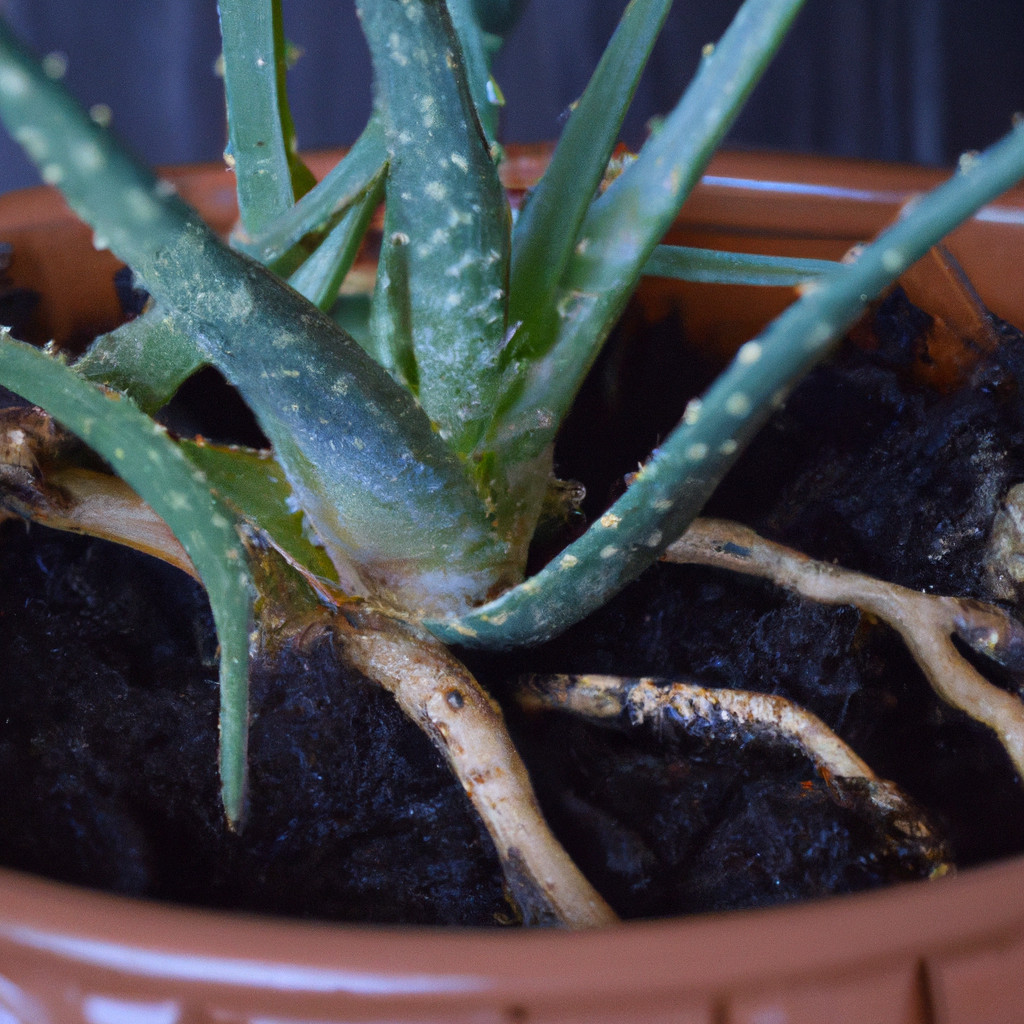A Guide to Aloe Plants for the Home: What You Should Know Before You Buy
If you’re in the market for a houseplant, you’ve likely noticed the surge of popularity around Aloe Plants. It’s easy to see why they are so popular – they’re low-maintenance and add some exotic style to any home. But before you commit to one, it’s important to understand what makes an Aloe Plant the right choice for your home, as well as its potential drawbacks.
An Aloe plant originates from Africa, the Caribbean and parts of India. The plant has thick, fleshy stems with leaves that grow in rosettes at their tips. While they are more tolerant of neglect than other houseplants, they still require some minimal care to look their best.
To begin with, Aloe Plants prefer lots of light. That means a sunny window is ideal, but if direct sunlight proves too harsh, you can also use an artificial light source such as a grow light or an LED fixture. And since Aloe Plants don’t need excessive watering, it’s important to let the soil dry out between waterings – this will help prevent root rot due to overwatering. As for fertilizer, once or twice a year should be plenty; use a balanced liquid fertilizer and dilute it by half for best results.
The beauty of growing and caring for your own Aloe Plant is that you can enjoy the multiple benefits these plants can provide. Not only are they attractive, but they are also an excellent source of natural healing. Many cultures have used aloe vera topically to treat skin ailments and help heal cuts and scrapes; its gel-like substance contains antiseptic and anti-inflammatory substances that provide soothing relief. In fact, many modern products contain aloe vera extract due to its beneficial properties.
When looking for an Aloe Plant for your home, choose one that has healthy leaves and stems and avoid those with black spots – these are signs of disease or pests. If you’re buying online, read reviews of different vendors carefully to make sure you get a quality plant – some sites offer photos and videos so that you can properly assess what you’re getting. When your Aloe Plant arrives, be sure to inspect it carefully for any signs of disease or pests before you introduce it into your home environment.
Finally, it is important to consider how an Aloe Plant will fit into your lifestyle before buying one. If you don’t have much time to devote to plant care or don’t have the right environment, it might not be an ideal match for your home. Consider low-maintenance houseplants such as air plants or succulents like Sword Fern and Jade Plant instead. These can be just as beautiful and easier to care for than an Aloe Plant.
Ultimately, your decision to purchase an Aloe Plant should be based on whether it fits into your home décor and lifestyle needs – and if it does, then it just might become one of your most beloved houseplants! With the right care and attention, Aloe Plants can bring years of beauty and natural healing into your home while ensuring that your living space is both aesthetically pleasing and nurturing at the same time.
